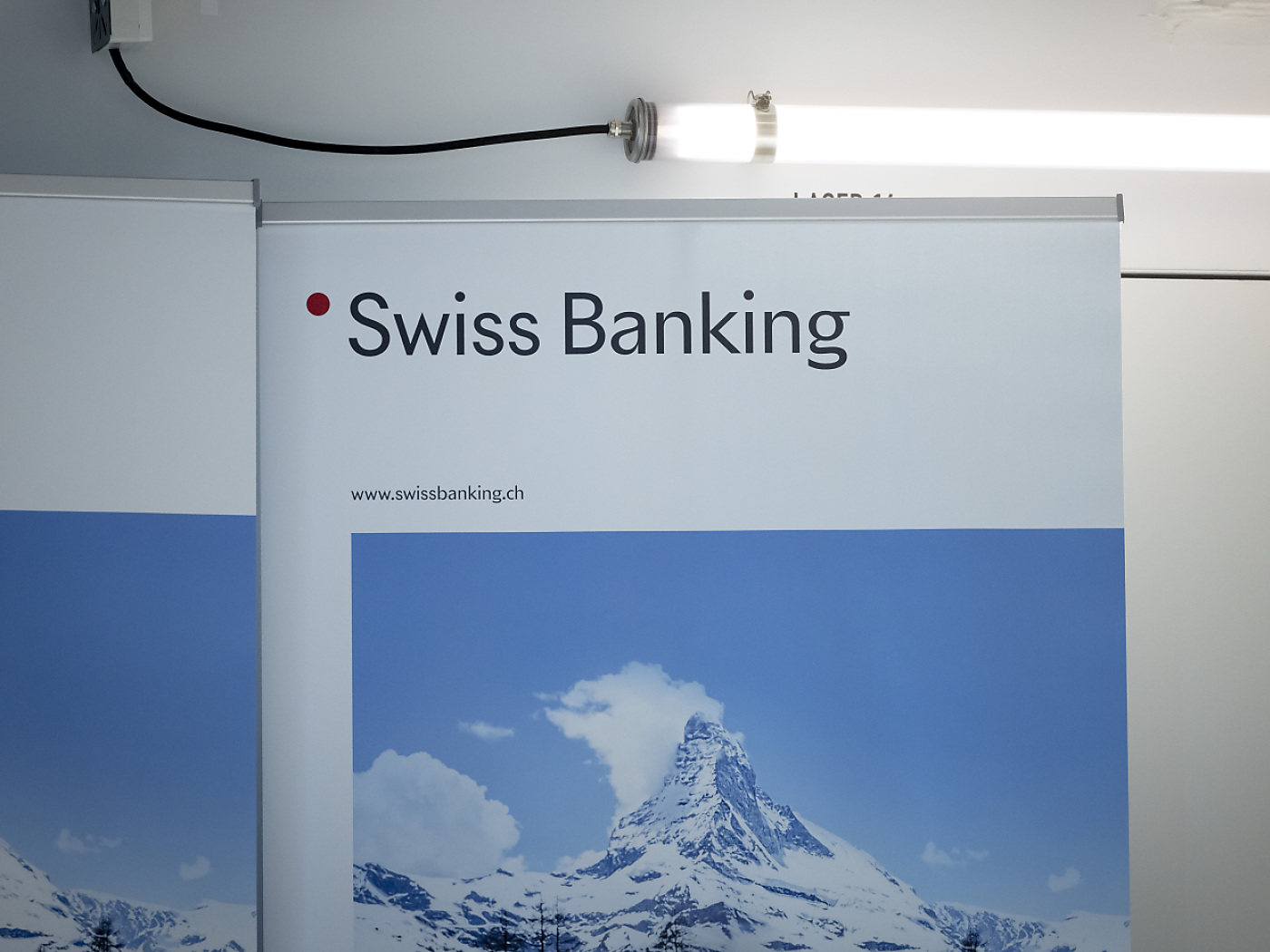Overview: The global capital markets remain unsettled. The combination of the BOJ adjustment of its monetary policy, Fitch's downgrade of the US to AA+, ahead of a flood of supply, and new measures by China have injected volatility into the summer markets. The US dollar has extended it gains today against the G10 currencies and most emerging market currencies. The yen has recovered a bit after the BOJ stepped in and bought JGBs for the second time this week at market prices, well shy of the 1.0% upper band for the 10-year yield.
However, bonds and stocks continue to sell off. The 10-year JGB yield is near 0.65%, while European benchmark yields are most 3-7 bp higher. The 10-year Gilt yield is up about two basis points to almost 4.42% ahead of the Bank of England meeting. Most now look for a 25 bp hike but a 50 bp move cannot be ruled out. The decision by the Czech central bank is awaited, but it has been on hold since last June at 7.0%. The US 10-year Treasury reached 4.16% today, its highest level since last November. Last year's high was set in late October near 4.33%. Equities extended their decline in the Asia Pacific region, though China bucked the move with modest gains. Europe's Stoxx 600 is off almost 1% for its third consecutive fall. US index futures are also lower. Gold fell to almost $1931, its lowest level since July 11 and is stabilizing in the European morning. September WTI posted a key downside reversal yesterday and follow-through selling took it to about $78.70 today (yesterday's peak was almost $82.50). It too has steadied in the European morning.
Asia Pacific
China's Caixin services and composite PMI shed little fresh light on the world's second-largest economy. The sub-50 reading of the Caixin's manufacturing PMI was followed by today's news of a slightly firmer service PMI (54.1 vs. 53.9) saw the composite slip to 51.9 from 52.5 and is the weakest since January. Last July, it stood at 54.0. The focus is on the new measures that Beijing is using its soft power to induce from local governments (accelerate borrowing plans), banks (low mortgage rates, reduce or postpone dollar sales, lend to tech sector, and M&A funding) and new measures for the property market and to support consumption.
Japan's service PMI rose steadily beginning from last November's 50.3 to 55.9 in May. It has stalled, falling to 54.0 in June and 53.8 in July (53.9 initial estimate). Last July it was 50.3. The composite PMI stands at 52.2 (52.1 flash estimate), which is the lowest since February. This week's MOF portfolio flow report covers the week prior to last Friday's lifting of the 10-year cap. Next week's report may be more interesting amid numerous prognostications warning of the risk of Japanese repatriation. Japanese investors sold about JPY21.7 trillion (~$206 bln) of foreign bonds in 2022. The Bank of Japan adjusted its Yield Curve Control last December. This year Japanese investors have bought about JPY13 trillion (~$96 bln) of foreign bonds. The TIC data shows that as of May, Japanese investors hold $20 bln more in US Treasury securities than they did at the end of last year. In the first five months of 2022, Japanese holdings of US Treasuries fell by about $80 bln.
The final readings confirm that Australia's services PMI fell for the third month in July. and at 47.9 (from 48.0 flash estimate), it stands at the year's low. The same is true of the composite PMI. It is at 482 (48.3 flash estimate and 50 `. in June). Last July it was at 51.1. Australia's imports fell more than exports in June (-4% vs. -2%), leading to a widening of the trade surplus to A$11.3 bln from A$10.5 bln. Year-to-date, the trade surplus stands at A$71.5 bln, slightly less than the year ago period of A$73.1 bln. Australia's two-way trade with China (~A$26.5 bln) is more than Australia's trade with its next five largest trading partners (Japan, US, South Korea, India, and Singapore ~A$24.6 bln).
The dollar rose to almost JPY143.90 earlier today, its best level since July 7. It finished last week near JPY141.15. It met a wall of sellers that knocked it back to JPY142.75 in the European morning. A base appears to be forming around JPY142.25. Note that tomorrow there are options for about $1.1 bln at JPY142 that expire. The combination of last week's policy adjustment, two bouts of bond buying by the BOJ at market prices, and the US downgrade appears to have loosened the link between the exchange rate and US yields. Last Thursday, the Australian dollar posted a bearish outside down day and has not looked back. It is fallen by a little more than three cents since that session high to about $0.6515 today. Yesterday, it settled below its lower Bollinger Band for the first time since late May and is still mostly below it today (~$0.6540). Ahead of year's low (set at the end of May near $0.6460), there may be support ahead of $0.6500. The New Zealand dollar has taken out a three-month uptrend that came in yesterday around $0.6125. The next chart point is the late June low near $0.6050 and today's low is near $0.6060. The year's low was set at the end of May around $0.5985. The greenback is trading in a narrow range against the Chinese yuan today (~CNY7.1780-CNY7.1955). It briefly traded slightly above yesterday's high (~CNY7.1950). The PBOC set the dollar's reference rate at CNY7.1495 while the average of Bloomberg's survey was CNY7.1909.
Europe
The final July PMI contains little fresh information for the eurozone or the UK. The preliminary estimates do a fine job anticipating the final results. The takeaway is that the eurozone composite PMI fell for the third consecutive month in July and at 48.6 (48.9 flash estimate), is lower than the year ago reading of 49.9. Another takeaway is that the periphery (Spain and Italy) is faring better than the core (Germany and France). The average composite in Spain and Italy is about 50.3 while the average of France and German is almost 47.6. Separately, Germany reported a larger than expected June surplus of 18.7 bln euros (15.0 bln expected). Germany's trade balance has averaged about 15.9 bln euros a month in H1 23 and that compares with an average of 6.4 bln euros in H1 22. In H1 19, the month trade surplus averaged 18.4 bln euros. Exports rose at an annualized pace of about 4.8% in the first half, In H1 22, German exports rose at an annualized pace of almost 22%. June exports rose by 0.1%, a bit less than expected. The improvement came from the unexpectedly sharp fall in imports (-3.4% vs. -0.3% expected). Lastly, ahead tomorrow's aggregate June retail sales report, Italy reported a 0.2% decline in its sales after a 0.6% increase in May. After two flat readings, eurozone retail sales are expected to rise by about 0.3%.
The Bank of England decision is overshadowing the final UK PMI, which edged up to 50.8 from 50.7 initial estimate, but still off the most since last August (from 52.8 in June). The swaps market has reduced the probability of a 50 bp to around 24%. It had been nearly three-times higher a month ago. The softer than expected June CPI on July 19 (7.9% from 8.7%, and 8.2% median forecast in Bloomberg's survey) seemed to encourage the reassessment that arguably (looking at the price action in the swaps market) had already begun. The risk of a 50 bp hike seems greater than the swaps market implies, which seems to be placing too much weight on one CPI number and a weak economy. A 50 bp hike would send a powerful message to the market about the central bank's commitment to bring inflation back to target. On a trade-weighted basis, sterling has softened by almost 1.5% over the past three weeks.
The euro posted a bearish outside down day yesterday, trading on both sides of Tuesday's range and settling below its low. It slipped briefly through $1.0920, for the first time since July 7 and reached almost $1.0910 today in early European turnover. There are options for 1.75 bln euros at $1.09 that expire today. The US-2-year premium over Germany, which the exchange rate often appears sensitive to, rose to almost 195 bp yesterday, a new high for the year. Before the euro bottomed last September, the US premium peaked in early August 2022 near 277 bp. Since the end of June, the US two-year yield is virtually unchanged while the German yield is off almost 20 bp. Nearby resistance is likely in the $1.0950-60 area. Sterling's losses have been extended today to a little below $1.2670, the lowest level since July 6. It took out the trendline off the May lows that came in around $1.2720 yesterday and struggled to resurface above it today (the session high slightly above $1.2725). Nearby support may be found int the $1.2630-50 band, but $1.26 may be more formidable. A quarter-point hike could be a sufficient spur for new sterling sales.
America
The US economic calendar is packed today but most of it will not contain much new news. The Q2 productivity and unit labors costs are derived from the GDP data, which gives reason to expect productivity to have recovered from the 2.1% decline in Q1 and for unit labor costs to moderate after rising 4.2% in Q1.The final services and composite PMI are likely to be little changed from the preliminary estimate at best, and June factory orders will offer little new to the durable goods orders. That leaves ISM services. Its average in H1 was 52.9, close to the PMI services average of 52.2. In the week ending July 22, weekly jobless claims fell to their lowest level since February (221k). Comparing weeks in which the nonfarm surveys are conducted, shows an almost 40k decline. The ADP did not give much help in anticipating the June jobs report and this may deter many from tweaking their forecasts for tomorrow's report. Meanwhile, the implication of Fitch's decision to remove the AAA rating from the US, is still being digested. As one would expect, most of the American orthodoxy is scratching their heads. "How dare they?". The US did not default and with a 5.50% overnight rate, a 4% yield on the 10-year note does not look as if there are substantial questions about their security.
Macro considerations worked against the Canadian dollar which is approaching its July lows. Risk-off mood saw stocks tumble. The US 2-year was flat while Canada's fall by two basis points. And despite a record fall in US oil inventories, crude tumbled 2.5%, its largest loss since late June. The greenback reached its best level since last month's high was recorded on July 7 (~CAD1.3385). It reached almost CAD1.3380 today and does not appear to have peaked. Above there, and the next target is around CAD1.3440-60. There are options struck at CAD1.3400 for about $605 mln that expire tomorrow. The Mexican peso tumbled for a third session yesterday amid the risk-off mood. The dollar rose to nearly MXN17.08, which is around where the trendline off the late May and early July highs was found. It has shot above there today, reaching almost MXN17.31. Last month's high was near MXN17.3960. Given the crowded positioning, a move above there could target the MXN17.60 area. Brazil delivered a 50 bp cut yesterday and signaled more to half-point moves are likely. The Selic rate now stands at 13.25%. Amid the risk-off move, the greenback is likely to extend its gains against the real. Yesterday, it closed above the 20-day moving average (~BRL4.7990) for the time since July 11. A move above BRL4.82-BRL4.85 could see BRL4.95-BRL5.00.
Tags: #USD,Australia,Bank of England,Brazil,China,Currency Movement,EMU,Featured,Germany,Japan,newsletter,US



















